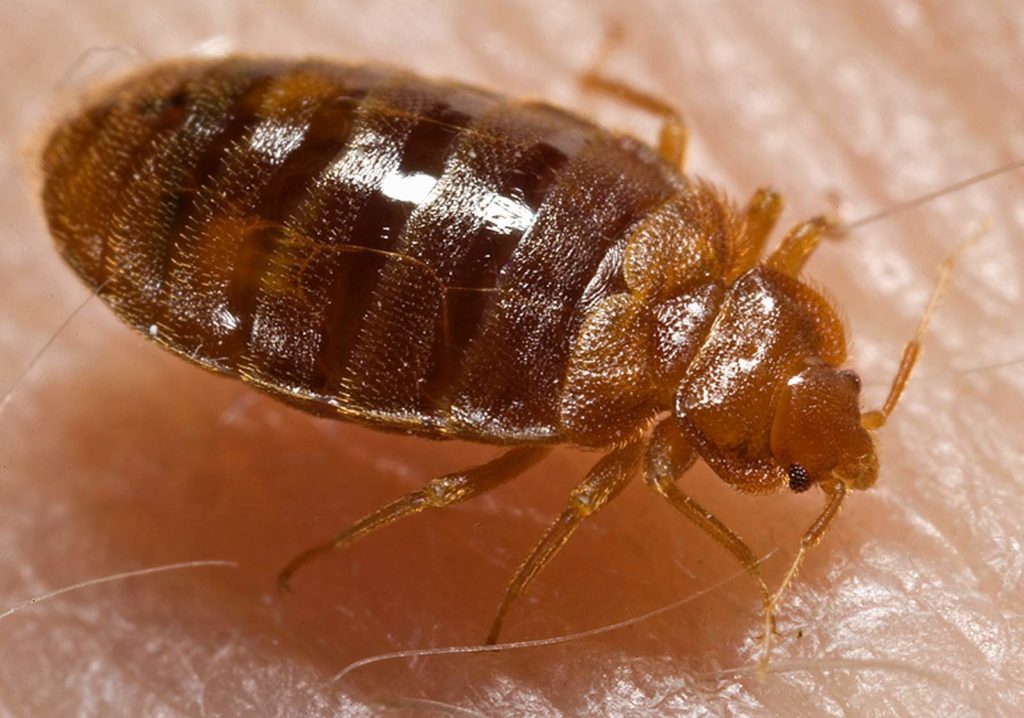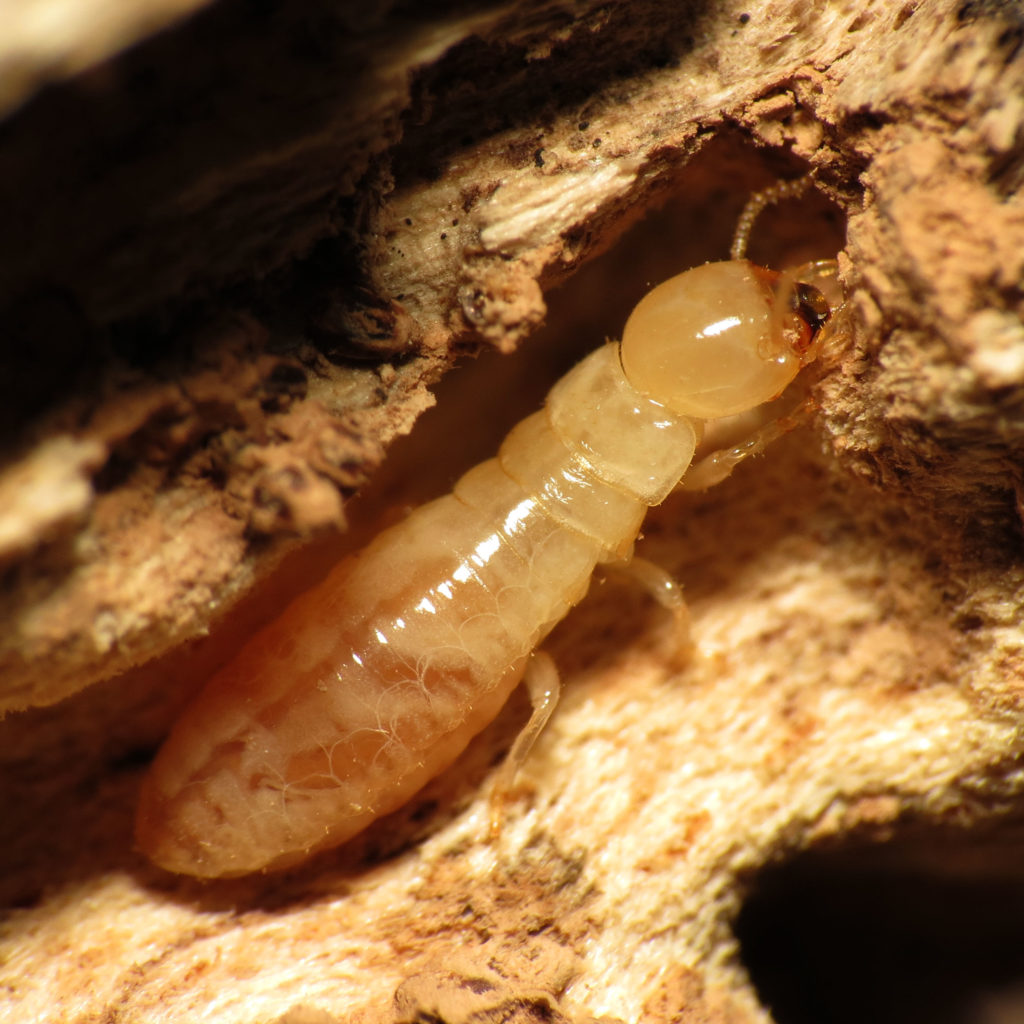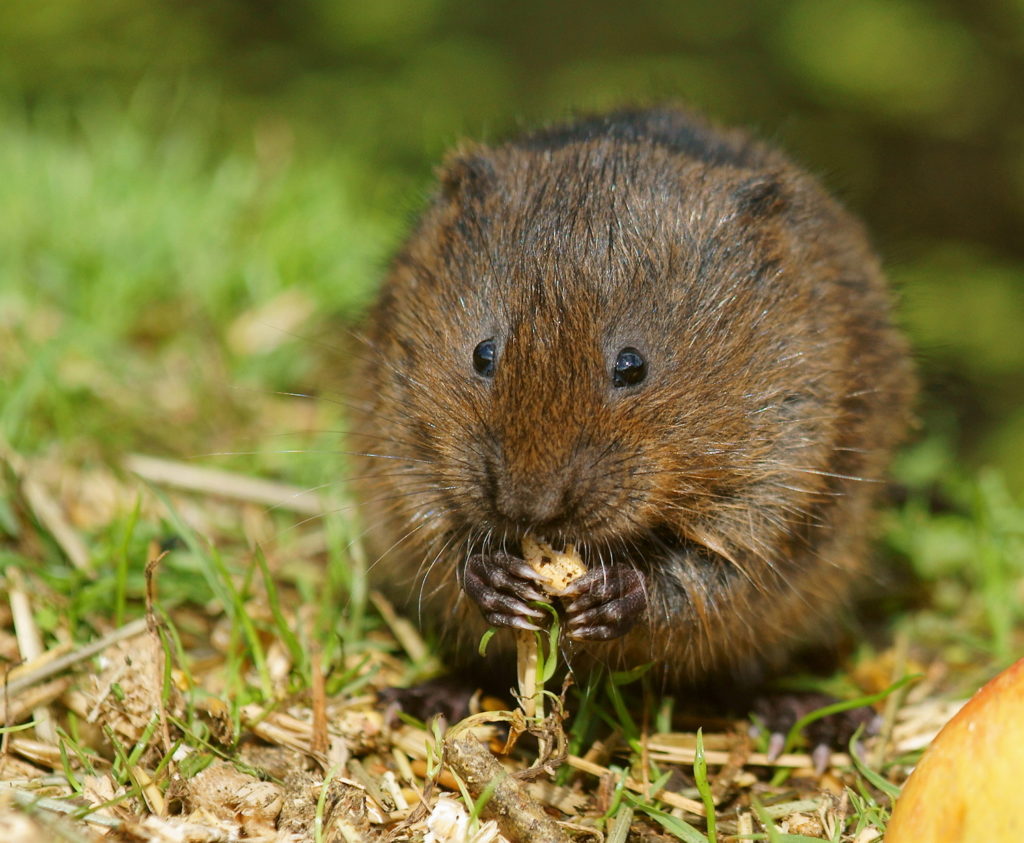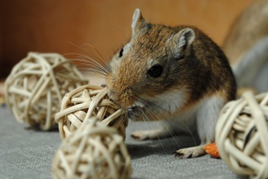
Gerbils are popular pets in the United States. Gerbils are often kept by young children because they have a great deal of character. However, in recent times, these large gerbils have caused farmers big problems due to the amount of grain they hoard and the damage they do through their constant burrowing.
Gerbils keep themselves busy by digging and they also like to gnaw.
After farmers have planted, the animals move into the lands and begin digging out the seeds. But they do even more damage later, chewing freshly germinated plants and severing them from the seeds. Outbreaks tend to be more frequent during successive wet seasons.
With the grain planting season on hand, farmers have to be aware of the imminent threat posed by gerbils to newly planted crops. Gerbils are a menace to grain farmers and may cause serious crop damage by digging up planted seed or eating germinating seed.
Watch out for gerbils during summer grain production season
By Annelie Coleman │November 5, 2018
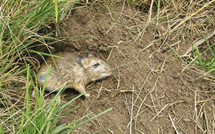
With the advent of the 2018/2019 summer grain production season, South African producers need to be aware of the potential losses caused by gerbils to newly planted crops.
It is essential that grain farmers start implementing precautionary measures as soon as possible, said Dr Gerhard Verdoorn, CropLife SA’s operations and stewardship manager.
Registered rodenticides listed in CropLife’s gerbil management plan must be placed in bait stations or in gerbil burrows, he cautioned. Scattering rodenticides on the surface of the soil is not only illegal, but ineffective.
“The animals start digging out seed just after planting, but the most damage is caused when seeds are germinating. This is probably due to seed being soft and more palatable than when newly planted,” he said.
Reports of 40 000 gerbils per hectares were not uncommon, said Verdoorn.
Black Death plague now blamed on giant gerbils, not rats
Rats off the hook as scientists shift blame hundreds of years after peak of pandemic
CBC News · February 24, 2015

The great gerbil, which has also been described as a giant gerbil, is native to Central Asia. A new study suggests that the squirrel-sized rodents, and not black rats, brought the 14th-century Black Death over from Asia in intermittent waves, killing millions of people over 400 years. (Wikipedia)
Rats, long believed to be the scourge that brought the Black Death to 14th-century Europe, may not be the disease-bearing scoundrels we thought they were.
Scientists have shifted blame for the medieval pandemic responsible for millions of deaths to a new furry menace: giant gerbils from Asia.
The Black Death, also known as the bubonic plague, was one of the deadliest pandemics in history. It was believed to have killed up to 200 million people in Europe. Though very rare today, cases of the plague still arise in Africa, Asia, the Americas and parts of the former Soviet Union, with the World Health Organization reporting 783 cases worldwide in 2013, including 126 deaths.
Use of wax blocks bait is used to kill these rodents but it results in the coagulation of blood. Scattering rodenticides onto the soil surface is not only illegal but ineffective and poses a severe risk for biodiversity.
Since these rodents are vital for our ecosystem, it is of extreme importance to find a safe and non-toxic solution for the gerbil’s problem which would keep them at bay while not causing any harm.
C T
Rodrepel™ masterbatch can be incorporated in polymer pipes, irrigation pipes, drip tapes, agriculture films, mulches, etc.
RodrepelTM is also available in form of liquid solution, lacquer, and sprays.
The RodrepelTM lacquer is a proper solution as a topical application to apply on fencing of trees and lawns. Lacquers do not interfere with the aesthetic properties of the application.
Liquid concentrate can be diluted in paints and applied on surfaces while sprays are easy to use products.
Rodrepel™ is cost effective, inert, and thermally stable and does not degrade on exposure to heat and sunlight. It does not volatilize and does not degrade in the soil. It is RoHS, RoHS2, EU BPR, NEA, REACH compliant and FIFRA exempted.
If you are facing problems from these pests that contact us on technical.marketing@ctechcorporation.com
Also visit our websites:
http://www.ctechcorporation.com/
http://www.rodrepel.com/
http://www.termirepel.com/
http://www.combirepel.com/
Follow our Facebook pages at:
1] https://www.facebook.com/Combirepel-411710912249274/
2] https://www.facebook.com/Termirepel-104225413091251/
3] https://www.facebook.com/Rodrepel-120734974768048/
Follow us on our Twitter pages at:
1] https://twitter.com/rodrepel
2] https://twitter.com/termirepel
3] https://twitter.com/combirepel






